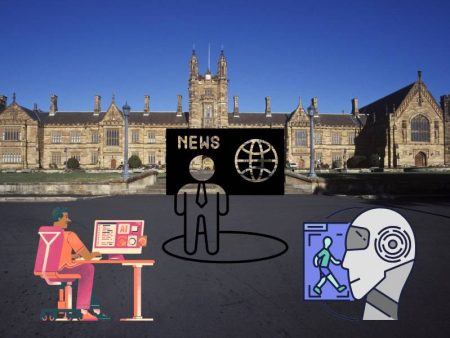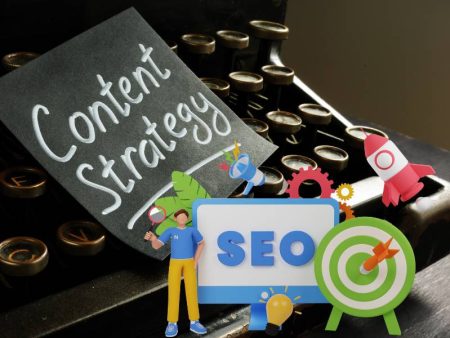Have you ever launched an A/B test and waited a week—only to find the results are too close to call? Or worse, the winning variant looks no different from your control? That can feel like shouting into the void. But what if AI could help you prototype richer variants, run faster iterations, and even generate quick visual variants based on real-life mood boards? Yes, it’s happening—and it’s changing how we approach design experimentation.
In this post, we’ll explore how AI-powered design tools, like AI Design Generator From Photo, are helping UX teams, entrepreneurs, and side hustlers build multiple test-ready mockups in minutes. We’ll also look at how to maintain design quality, empathy, and human insight alongside the speed AI offers.
The Fast Lane: AI-Powered A/B Iterations
Let me walk you through a recent test I ran for an app landing page. We needed a fresh hero section—something that improved downloads. Normally? I’d sketch a couple options, maybe tweak layout, test for conversion. That takes days.
This time, I used AI Design Generator From Photo. I uploaded a mood photo—a golden sunrise over a calm lake—and asked for hero section variants. Within 60 seconds, I had three polished mockups, each evoking ideas of calm, warmth, and simplicity. Suddenly, we had three test-ready options: headline one with hand-drawn script, another with bold sans-serif, and a third with minimalist monochrome visuals.
That alone cut prototype time from days to minutes.
Dialogue and Real-Time Refinement
Here’s how that interaction felt:
Me: “Can you add a gradient overlay for better text readability?”
AI: Applies warm sunrise gradient with opacity fade
Me: “Great. Now bump the CTA button to deep coral.”
AI: Adjusts color and alignment
Me: “Perfect. Export three variants: script CTA vs sans-serif vs no headline.”
AI: Exports three labeled PNGs
That felt like sketching with a teammate who listens, adapts, and executes fast. Emotionally, it was energizing—like creative caffeine.
Non‑Linear Testing Workflow
My process didn’t follow a classic flow. Instead:
- Mood photo → AI mockups
- Refinement prompts until styles felt different but cohesive
- Export high-res variants
- Upload to A/B tool (Optimizely, VWO, etc.)
- Add tracking for click and scroll depth
- Run test with live audience
- Analyze data and feed insight back into next iteration via AI
That’s non-linear, multi-stage, and fast. AI supports a continuous feedback loop—each variant leads to another prompt and iteration.
When AI Misses the Mark
Obviously, it’s not perfect:
- AI once aligned my CTA too close to hero image edge—bad for mobile
- In one variant, gradient clashed with brand palette
- Sometimes typography combinations felt “AI-designed”—lacking warmth
Whenever that happened, I jumped into edit mode manually—tweaked alignment, adjusted opacity, corrected font kerning. That human oversight saved otherwise generic iterations.
Emotional Nuance & Empathy Remain Key
Results matter. AI gave me speed, but we still needed emotional alignment. In one hero variant, user feedback said “it felt cold and robotic.” We tweaked microcopy from “Get started today” to “Let’s find your calm”—AI helped apply it. Then we retested—and variant B (with warmer tone and slight color tweak) beat the control by 8%.
The takeaway? AI sets the stage; humans write the story.
The x Moment
We always need that pause. That moment after AI delivers mockups—before shipping them—is where meaning lives. Without it, A/B tests risk becoming random guesses.
The x Compass
That’s the line you draw: turning fast drafts into emotionally intelligent experiences. That’s your craft—your guardrail.
Scaling with AI: Testing at Speed
For large teams, AI lets us roll out dozens of visual variants quickly:
- Copy variants: test microcopy like “Start free trial” vs “Claim your spot”
- Color tests: swap CTA hues and contrast levels
- Visual context: try real-life mood photos vs abstract patterns
In one campaign, we tested 12 hero variants over a week—an innovation cycle that used to take three weeks. The winner boosted click-through by 14%. That uplift paid the team’s time investment back tenfold.
Guardian Quality: Human Curation Rules
But here’s the challenge: don’t let AI run wild. We:
- Keep design system values front and center
- “Approve” each variant for brand consistency
- Run accessibility checks (contrast, font size)
- Ask a human: does this emotionally align?
AI gets us bulk, humans ensure quality.
A/B Walkthrough Example
- Upload mood photo to AI tool → get three hero designs
- Tweak variants via conversation prompts
- Export assets
- Launch test—control + A/B + C
- Collect metrics: engagement, CTA clicks, scroll reach
- Review user feedback. We heard “lungs feel calm”
- Feed insight into new AI prompt: “add natural silhouette overlay”
- Iterate fresh variants
- Rinse, repeat
That loop is where AI amplifies iterative creativity—fast, meaningful, insight-driven.
Technical and Visual Tradeoffs
While speed helps, we also check:
- Are file sizes optimized for mobile?
- Did gradient baked correctly?
- Is visual load delay minimized?
- Are images responsive and correctly cropped?
We run quick Lighthouse checks and preview on real devices to ensure variant quality.
Emotional Closure
Pro tip: Add a human creative layer before final shipping. That could be:
- Adjusting CTA microcopy
- Softening images with subtle textures
- Naming variants so stakeholders relate (“Warm Sunrise” vs “Clean Lines”)
These small acts connect design to emotional intent—and to test insights.
The Future: Smarter A/B Prototyping
Imagine prompting AI:
“Create hero variants with urgency tone, warm palette, image + testimonial overlay, and test 3 variants automatically.”
Maybe in 2026 that’s possible. For now, we do it manually with human prompts and strategic test design. But the seeds of that future are sprouting—A/B speed paired with design intelligence.
Final Thoughts
AI makes A/B testing more dynamic. We can generate, iterate, ship, measure—all in cycles shorter than a sprint. But speed without intention is noise. What matters is:
- Emotional alignment
- Brand consistency
- Human guardrail
- Data insight loop
When AI and humans co-design your tests, you don’t just optimize—you evolve your brand connection faster and smarter.
TL;DR
- AI Design Generator From Photo speeds hero variant creation
- Non-linear A/B process: generate → refine → test → analyze → iterate
- Human curation ensures emotional and brand relevance
- Speed + human empathy = smarter A/B outcomes
- AI accelerates, humans curate, data guides—together they power better conversion
Over to You
Have you used AI to launch A/B variants? Did you notice emotional binding or just visual speed? Or did AI miss empathy cues? I’d love to hear how your experiments fared—the little human tweaks that made a big test difference.


